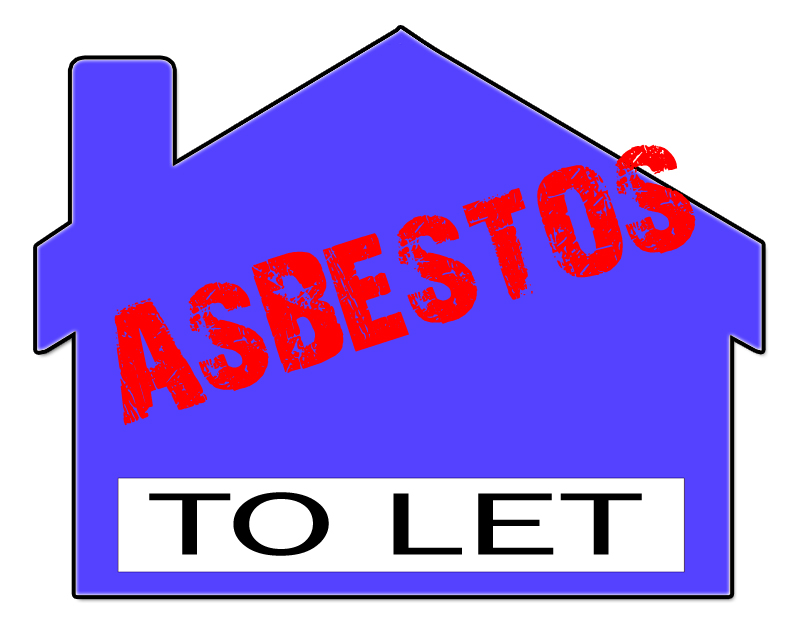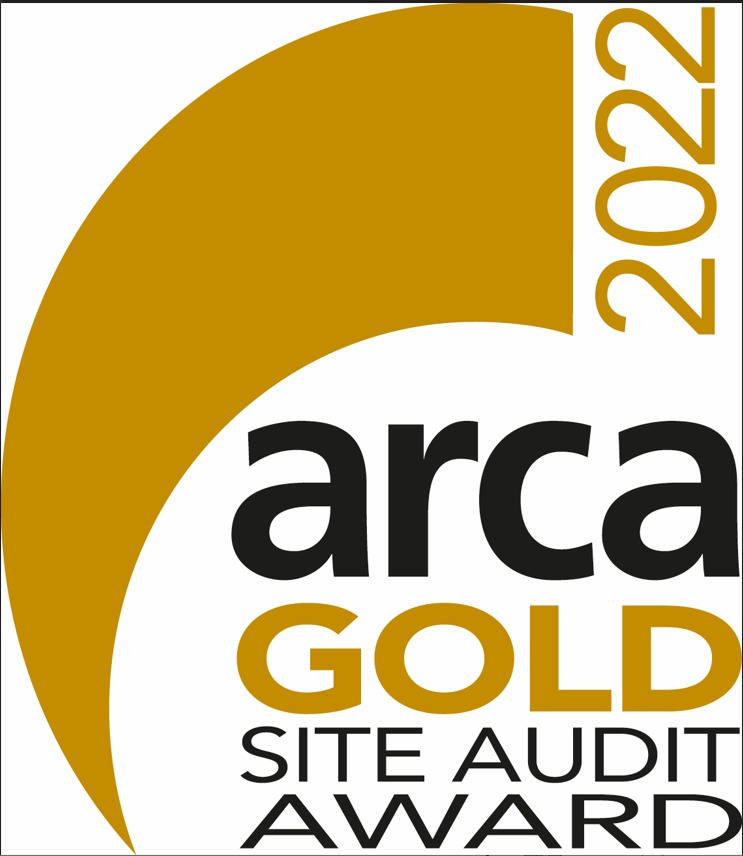
What is a landlord’s Duty to Manage?
The Duty to Manage asbestos is set out in details within Regulation 4 of the The Control of Asbestos Regulations 2012 (CAR2012). Whether a landlord has a duty to manage will depend on the type of property they are leasing and the nature of agreement in place with the tenant or leaseholder.
Private Houses
In the case of a private house such as a single dwelling or bed sit, there is no duty to manage asbestos and an asbestos survey is not required.
Houses converted into flats and blocks of flats
Were a house has been converted into flats and more than one family occupying the building, there is a duty to manage asbestos and an asbestos survey is required on all common areas of the house. These areas include (but are not limited to):
- shared kitchens
- shared bathrooms
- shared corridors and landings
- shared stairwells
- shared common rooms
- bin stores
- yards
- entrance hall
- loft space (if shared)
- Garages and parking spaces
A landlord does not have to arrange an asbestos survey for any areas linked with private residents such as the flat itself.
Flats over shops, offices or retail units
An asbestos survey is only required in communal areas for flats over shops, offices or retail units, and only if the flat is leased separately to the business. It is not required if the flat is occupied by the owner of the shop, office or retail unit.
Hotels, Bed and Breakfasts, Pubs, Hostels and Care Homes
There is a Duty to manage asbestos in any areas in these types of premises which are communal, for example foyers, lifts, stairwells and stores. There is also a Duty to manage asbestos in areas used for the business such as offices and kitchens.
There is no Duty to manage asbestos in any private rooms occupied by the owner of the building.
Sheltered Accommodation
There is no obligation for a landlord to manage asbestos in private rooms and commons rooms such as lounges and dining rooms. However, a landlord does have a duty to manage in works areas such as kitchens and laundry rooms. A landlord must also manage asbestos in common parts of the buildings such as lift areas, boiler rooms and store rooms.
Tied or Holiday Cottage
There is no obligation for a landlord to have an asbestos survey carried out on a tied or holiday cottage, whether leaders or rent free.
Farms
There is no obligation for a landlord to have an asbestos survey carried out on a Farmhouse, but there is a duty to manage asbestos on Farm buildings and an asbestos survey should be obtained on these.
Landlords of non-domestic properties (offices, warehouses, retail units, etc)
Whether a landlord of a non-domestic property will need to obtain an asbestos survey will depend on the type of leasehold agreement in place and who the dutyholder is. Usually, it will be the responsibility of the tenant to manage asbestos as they will have control over the maintenance and repairs of the property. There may be exceptions to this, for examples in shared office spaces. You should consult your tenancy agreement for clarification over who is responsible for maintenance of the building.
How does a landlord adhere to the Duty to Manage asbestos?
If you have identified that you have a duty to manage asbestos, there are a number of steps you should take:
- carry out ‘reasonable steps’ to find out if asbestos materials are present, how much and where. The regulations do not set out what reasonable steps are, but a common-sense approach such as asbestos testing or asbestos surveying by a professional company will deal with this matter
- note the condition of any asbestos containing materials and take steps to have them removed or encapsulated if damaged or in poor condition
- keep up to date records of the locations and condition of the asbestos, known with the industry as a ‘Register’
- presume that a material contains asbestos unless there is strong evidence that it does not (such as an invoice which clearly described what the material is)
- assess the risk of anyone being exposed to fibres from the materials identified
- prepare a plan to manage the risk of any asbestos materials and have asbestos removal carried out where necessary
- take the necessary steps to put the plan into action such as making the Register available to anyone who may need to see it and applying asbestos warning stickers where necessary
- periodically review and monitor the plan and the arrangements
If in any doubt as to their obligations, the landlord should consult the services of a professional asbestos survey company for further advice. Failure to adhere to the regulations may result in enforcement action by the Health & Safety Executive or prosecution.



